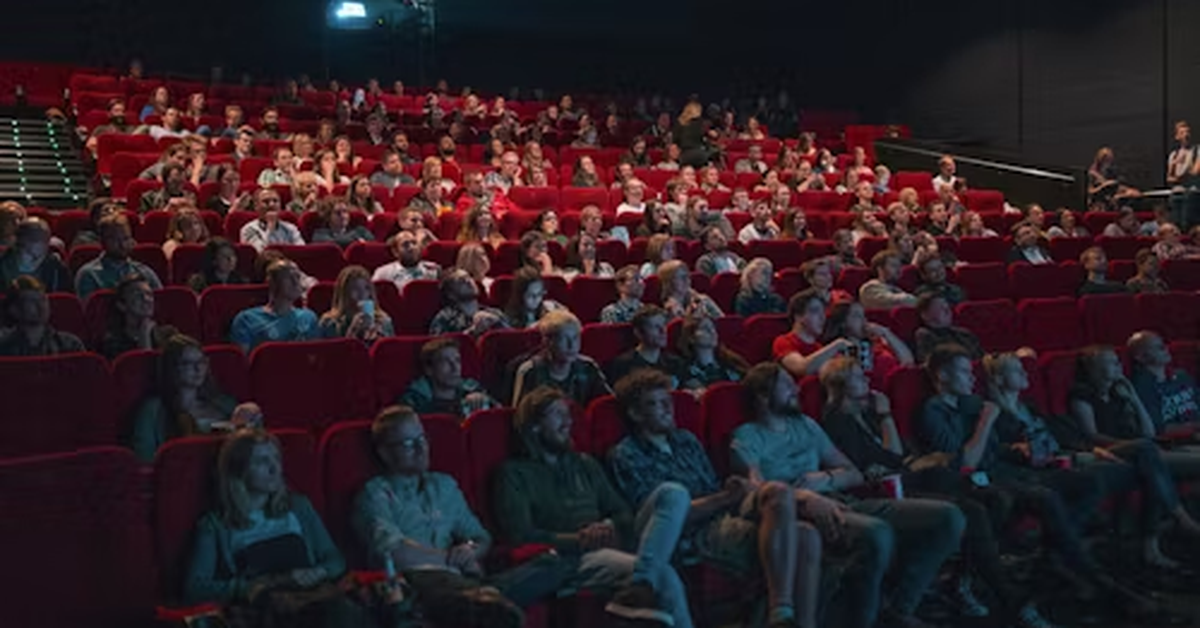
The way people consume visual stories has gone through a profound transformation over the past century. From early black-and-white silent films screened in small auditoriums to digital blockbusters streamed instantly across the globe, cinema has continually reinvented itself to remain relevant. The keyword Cinego encapsulates this transformation, standing for a fusion of cinema and the digital “go-anywhere” culture of the 21st century. It conveys the idea of portable cinema, flexible entertainment, and immersive movie experiences that are no longer bound to a single screen in a dark hall. Instead, Cinego can be understood as a conceptual framework and technological trend that connects traditional cinematic storytelling with modern mobile devices, streaming services, projection technology, and community-driven platforms.
In this comprehensive article, we will examine Cinego in detail — what it means, how it has evolved, the technology driving it, its applications, its benefits, and the challenges it faces. We will also explore its cultural significance, industrial impact, and future direction.
The Concept of Cinego
At its core, Cinego represents cinema on the go — an idea that audiences should not be confined to one specific place or format to enjoy films. It embodies three main dimensions:
- Cinema as Storytelling: The art of film remains the heart of Cinego, rooted in narrative, emotion, and cultural resonance.
- Mobility and Portability: With smartphones, tablets, projectors, and headsets, Cinego emphasizes access anywhere, anytime.
- Immersive Technology: Beyond simple portability, Cinego integrates VR, AR, and advanced audio systems to recreate or even enhance cinema experiences outside the theater.
Thus, Cinego symbolizes the merger of cinematic tradition and digital mobility.
Historical Evolution Leading to Cinego
Cinego did not emerge in a vacuum. Its development can be traced across decades of cinematic innovation.
Table: Timeline of Cinego Evolution
| Era | Milestone | Connection to Cinego |
|---|---|---|
| 1900s–1930s | Silent films, early talkies | Foundations of cinema storytelling |
| 1950s–1970s | Widespread color films, drive-in theaters | Cinema expands beyond traditional halls |
| 1980s–1990s | VHS tapes, home theaters | Movies become portable at home |
| 2000s | DVDs, early online streaming | Audience mobility begins |
| 2010s | Smartphones, portable projectors, Netflix | True cinema “on the go” begins |
| 2020s+ | VR headsets, cloud streaming, Cinego devices | Cinego evolves into immersive portability |
This trajectory demonstrates that Cinego is not merely a buzzword but rather the culmination of a century of innovation in cinematic accessibility.
The Technology Behind Cinego
The rise of Cinego is enabled by diverse technological pillars:
- Portable Projectors: Compact devices allow cinema-quality projection in any location.
- Virtual Reality (VR): Creates immersive experiences where users feel inside the film.
- Augmented Reality (AR): Adds cinematic overlays to real-world environments.
- Streaming Platforms: Services like Netflix, Disney+, and local platforms deliver films instantly on mobile devices.
- 5G Networks: High-speed connectivity ensures seamless, buffer-free viewing anywhere.
- Wearable Devices: VR headsets, AR glasses, and smart projectors embody the Cinego spirit.
Together, these technologies redefine what cinema means in the modern world.
Applications of Cinego
Cinego manifests in multiple domains, from personal entertainment to education and corporate use.
Table: Major Applications of Cinego
| Domain | Application |
|---|---|
| Personal Entertainment | Watching films on mobile, portable projectors, VR headsets |
| Education | Using cinematic content for teaching and immersive storytelling |
| Business | Corporate training videos projected anywhere with portable devices |
| Tourism & Travel | In-flight VR or projector-based film experiences |
| Healthcare | Therapeutic use of immersive cinema for relaxation |
| Community Events | Outdoor screenings powered by Cinego projectors |
These diverse applications prove Cinego is not confined to traditional film lovers but expands into industries, schools, and even hospitals.
Benefits of Cinego
The popularity of Cinego arises from its wide range of advantages.
| Benefit | Explanation |
|---|---|
| Portability | Films and content can be experienced anywhere — indoors, outdoors, or while traveling. |
| Immersion | VR/AR Cinego setups create lifelike cinematic experiences. |
| Accessibility | Audiences without theater access can enjoy films instantly. |
| Cultural Sharing | Communities can host outdoor or mobile screenings. |
| Education | Teachers can transform lessons into cinematic journeys. |
| Cost-Effectiveness | Eliminates need for expensive theaters or equipment. |
| Interactivity | Cinego platforms allow audience engagement through VR storytelling or gamified features. |
Challenges in the Cinego Ecosystem
No innovation comes without limitations. Cinego faces:
- Copyright Concerns: Mobile and streaming platforms often struggle with piracy issues.
- Technological Barriers: High-quality VR and projectors remain costly for many.
- Connectivity Issues: Not all regions have strong enough networks for seamless streaming.
- User Fatigue: Excessive use of VR headsets can lead to motion sickness or discomfort.
- Theater Competition: Cinego competes with traditional cinema halls that offer collective experience.
These challenges highlight the need for balance between accessibility and sustainability.
Cinego as Cultural Experience
Cinego is not purely technological; it’s also a cultural bridge. By enabling cinema to be portable and community-oriented, it transforms how people engage with stories. Outdoor screenings in villages, VR headsets in classrooms, and travel-based projection experiences all emphasize that cinema belongs everywhere. Cinego celebrates inclusivity, flexibility, and cultural exchange, making it an essential part of the digital entertainment revolution.
Environmental and Economic Dimensions
From an economic perspective, Cinego reduces dependency on large infrastructure like multiplexes. Small communities can host screenings using portable systems at minimal cost. Environmentally, it reduces carbon footprints linked to commuting to theaters, though the energy demands of streaming services and devices remain a concern. Sustainable Cinego initiatives emphasize solar-powered projectors, efficient VR devices, and greener servers.
Future Directions of Cinego
The next decade promises rapid evolution for Cinego:
- AI-Driven Recommendations: Personalized movie suggestions during travel or VR immersion.
- Cloud-Based VR Cinema: Entire theaters simulated through the cloud.
- Interactive Films: Audiences influencing plots in real-time with VR Cinego platforms.
- Global Synchronization: Simultaneous releases everywhere, accessible instantly through Cinego devices.
- Green Technology: Energy-efficient portable projectors and solar-powered screening kits.
Conclusion
Cinego is not a single device or platform; it is a concept that unites the heritage of cinema with the mobility of digital life. It stands for freedom of access, technological innovation, cultural exchange, and immersive storytelling. From personal entertainment on mobile phones to collective outdoor screenings with portable projectors, Cinego redefines cinema as a flexible, accessible, and universal experience. Its future will be shaped by how well it balances innovation, sustainability, and inclusivity.
FAQs
Q1. What does Cinego mean?
Cinego symbolizes “cinema on the go,” combining traditional film culture with portable and immersive digital technologies.
Q2. What technologies power Cinego?
Portable projectors, VR/AR headsets, streaming platforms, and 5G networks all contribute to the Cinego experience.
Q3. How is Cinego used outside entertainment?
It is applied in education, healthcare, corporate training, tourism, and community cultural events.
Q4. What are the benefits of Cinego?
Cinego offers portability, accessibility, immersion, cost-effectiveness, and cultural inclusivity in how cinema is consumed.
Q5. What is the future of Cinego?
Future trends include AI-driven recommendations, VR cloud theaters, interactive storytelling, and green projector technologies.







